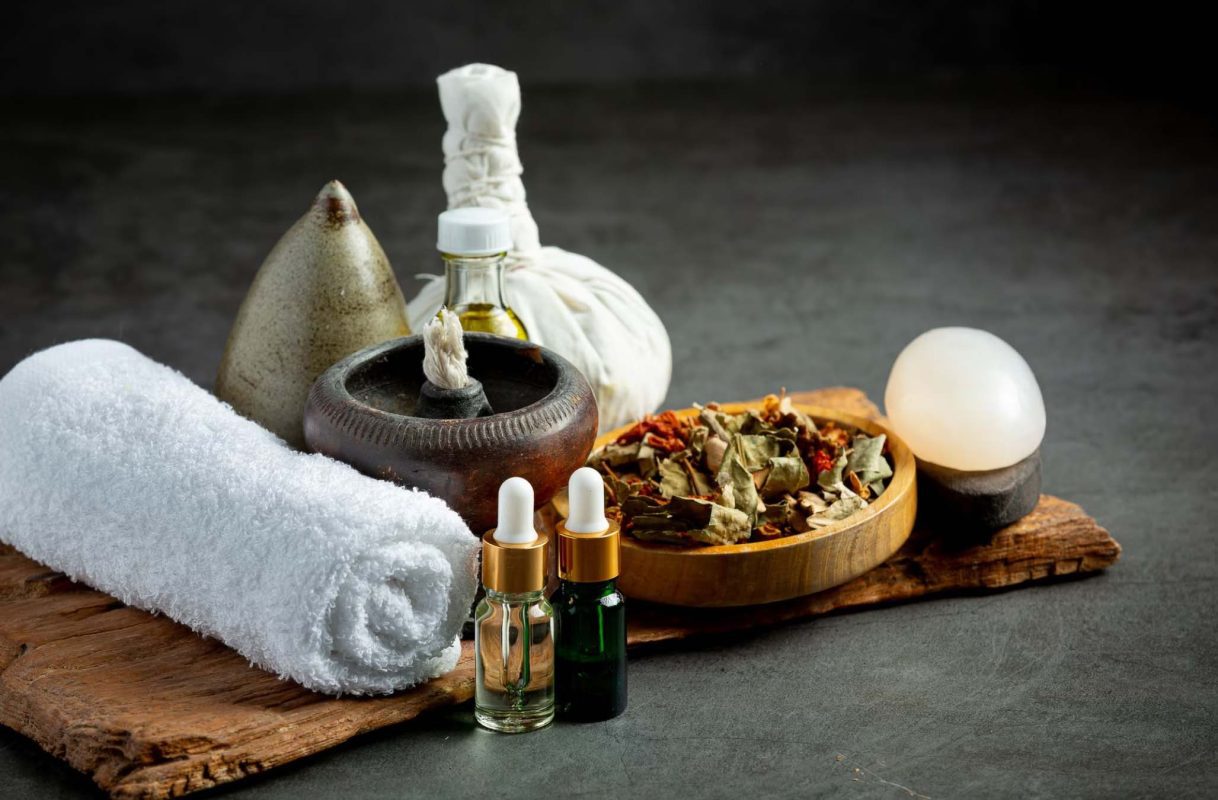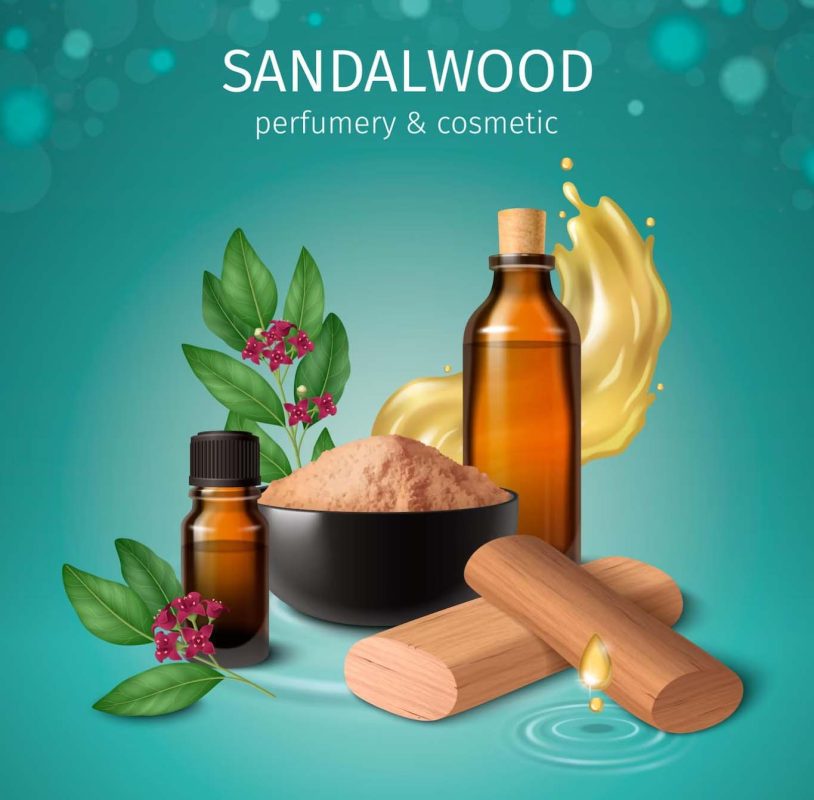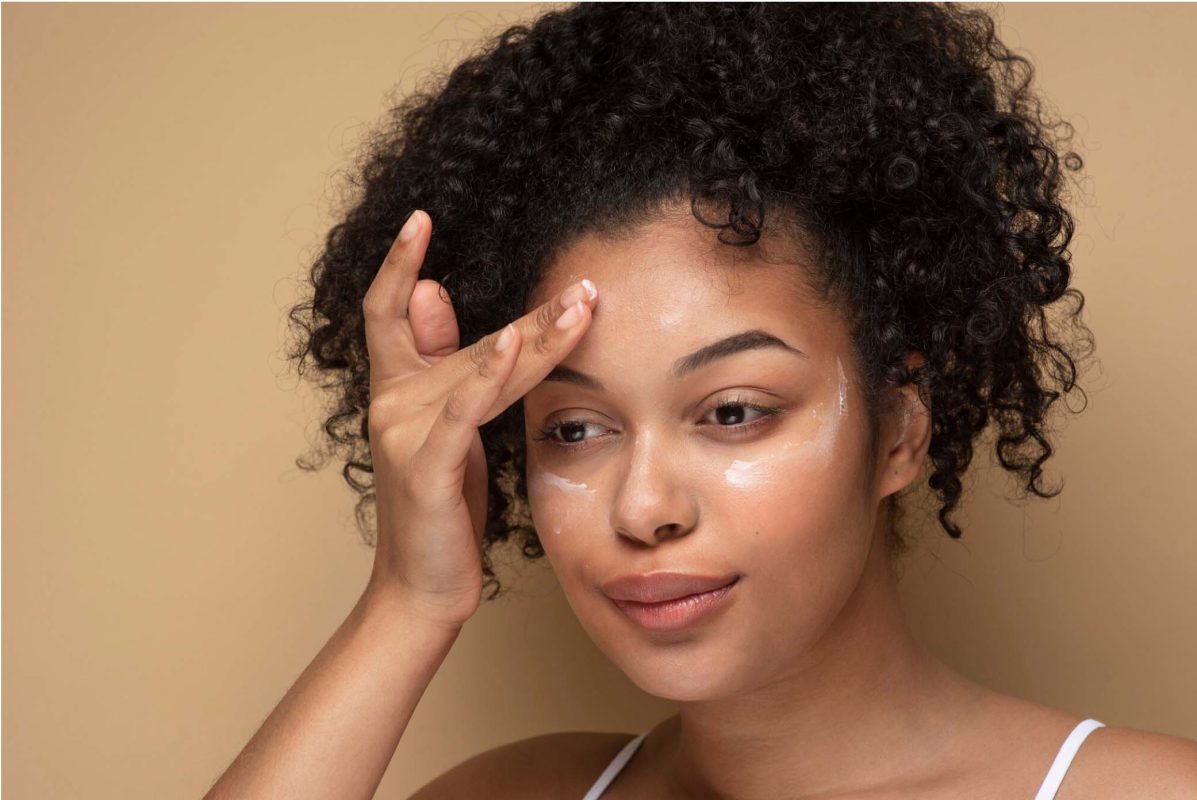Blending Best Essential Oils for Aromatherapy
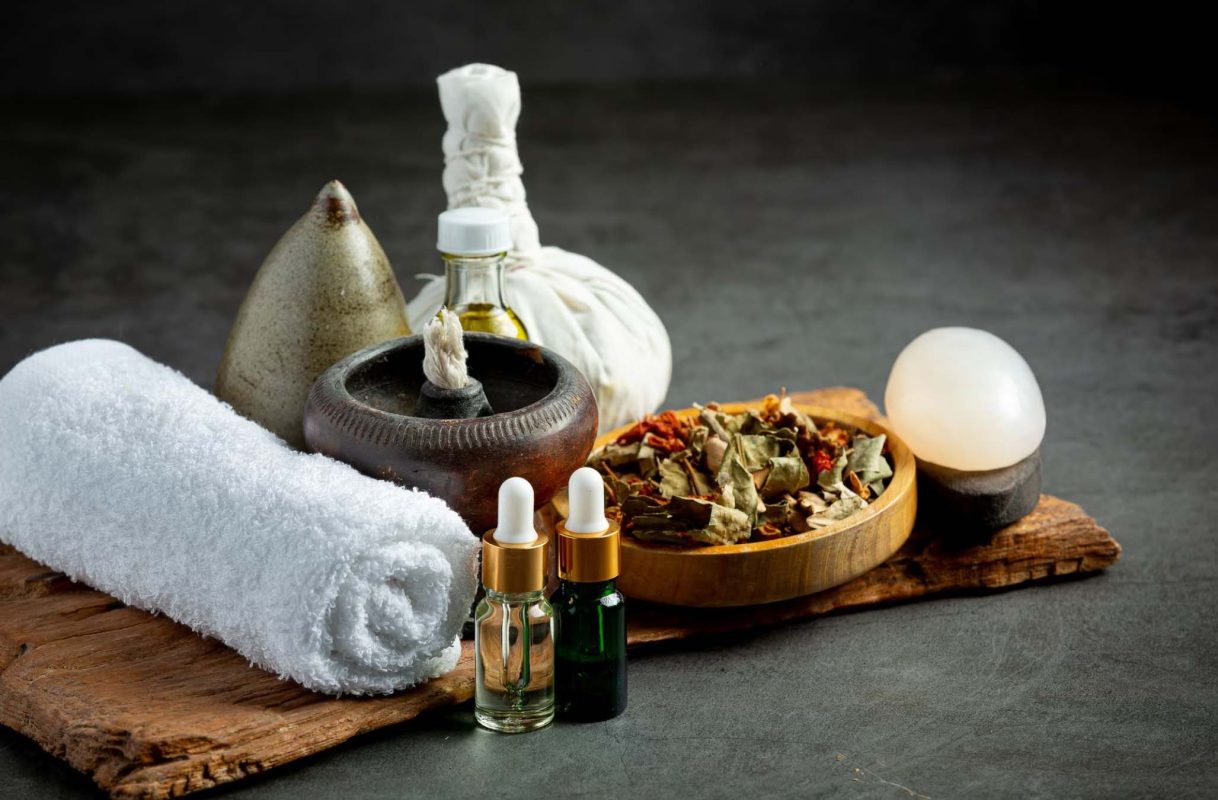
Blending essential oils for aromatherapy is an artful practice that allows individuals to unleash their creativity and tailor aromatherapy experiences to suit their unique preferences and needs. Whether you’re looking to create a soothing blend for relaxation or an invigorating combination to boost focus and energy, blending essential oils offers a world of possibilities. Here, we delve into the science and techniques behind blending to help you craft your very own signature scents for a personalized aromatherapy journey.
Understanding Essential Oil Notes
Essential oils are classified into three categories known as “notes” based on their evaporation rates. This categorization plays a crucial role in blending as it determines how quickly an oil will release its aroma and how long it will linger in a blend. The three main notes are:
- Top Notes: These oils have a rapid evaporation rate and are the first scents you notice in a blend. They are often fresh, light, and uplifting, providing a burst of initial fragrance. Common top notes include citrus oils like lemon, bergamot, and grapefruit, as well as herbal oils like peppermint and eucalyptus.
- Middle Notes: Also known as “heart” notes, these oils have a moderate evaporation rate and emerge after the top notes have faded. Middle notes bring balance to the blend, harmonizing the various scents. Floral oils such as lavender, rose, and geranium are common middle notes, along with spices like cinnamon and clove.
- Base Notes: Base notes have the slowest evaporation rate and form the foundation of the blend’s aroma. They are rich, deep, and long-lasting, providing a sense of grounding and stability. Base notes include woody oils like sandalwood and cedarwood, as well as resinous oils like frankincense and myrrh.
Creating a Balanced Blend Essential Oils for Aromatherapy
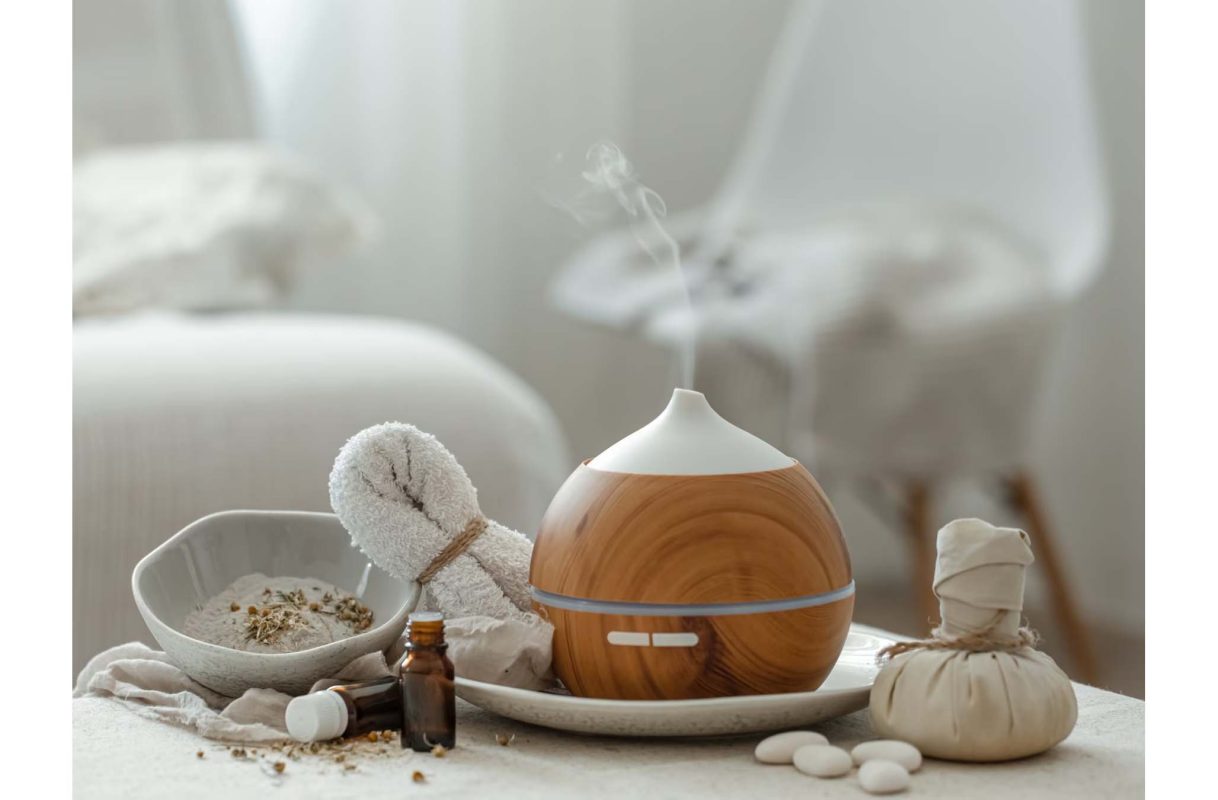
A well-balanced blend combines oils from each note category, ensuring a harmonious and complete aromatic experience. The proportions of each note may vary depending on the desired fragrance and therapeutic effects. As a general rule of thumb, aim for a blend that consists of approximately 30% top notes, 50% middle notes, and 20% base notes. However, feel free to adjust these ratios to match your preferences and intentions.
Understanding Scent Families
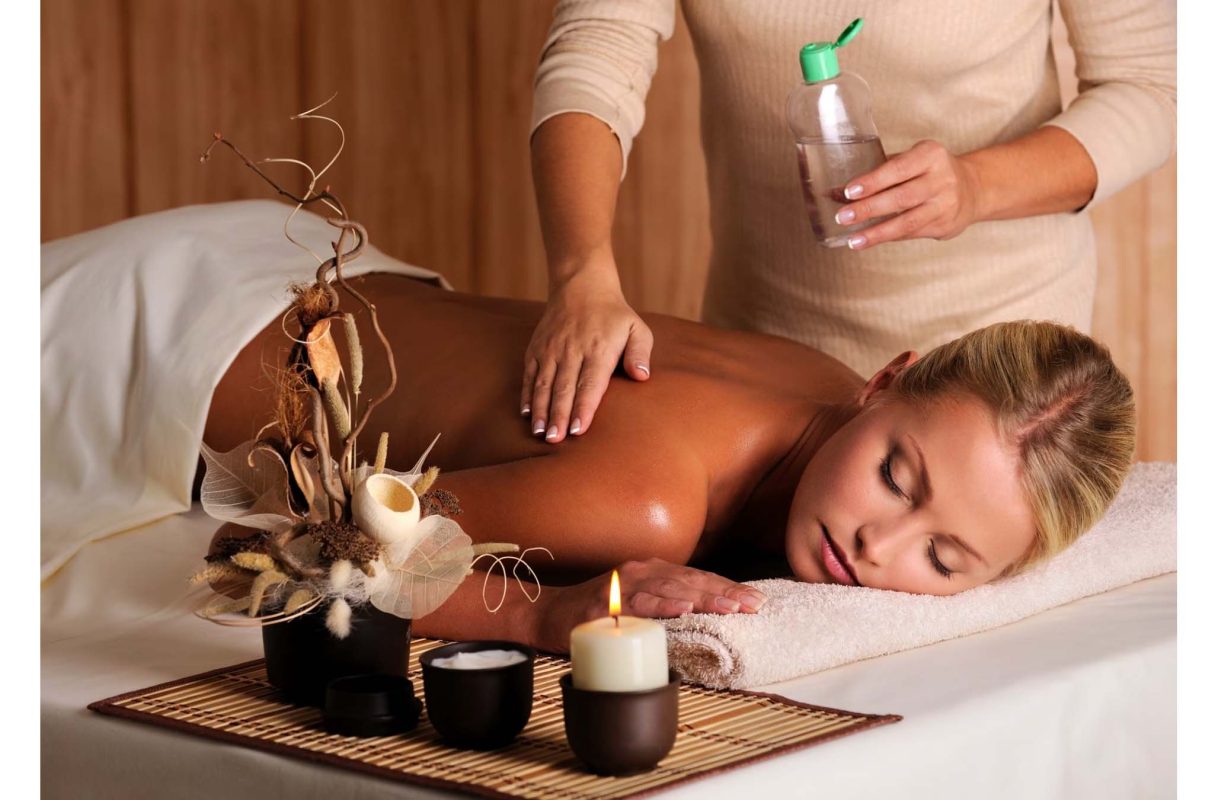
Another approach to blending essential oils for aromatherapy is by categorizing them into scent families based on their aromatic profiles. This method simplifies the blending process and helps identify oils that naturally complement each other. Some common scent families include:
- Floral: This family comprises oils with delicate and sweet floral aromas, such as lavender, rose, jasmine, and ylang-ylang. Floral scents are often associated with relaxation and emotional balance.
- Citrus: Bright and uplifting, citrus oils like lemon, sweet orange, and lime invigorate the senses and promote a positive mood. They are perfect for refreshing blends.
- Herbaceous: Herbal oils, including basil, rosemary, and thyme, offer a green and aromatic scent reminiscent of fresh herbs. They are excellent for promoting focus and mental clarity.
- Woody: Woody oils, such as cedarwood, sandalwood, and vetiver, provide a warm and grounding aroma. They are ideal for calming and meditation blends.
- Spicy: Spices like cinnamon, clove, and ginger impart a warm and comforting scent, adding depth and complexity to blends.
Safety and Dilution
Before blending essential oils for aromatherapy, it’s crucial to consider their individual safety profiles and dilution guidelines. Some oils may be irritating to the skin or contraindicated for certain health conditions. Always research and ensure that the selected oils are safe for your intended use.
The Art of Blending
Now that you have an understanding of notes and scent families, let your creativity flow and experiment with various combinations. Start with a small batch to test the blend’s aroma and effects before making larger quantities. Consider keeping a journal to record your blends and their therapeutic benefits.
Relaxation Blend Example:
- Top Note: 4 drops of Bergamot
- Middle Note: 6 drops of Lavender
- Base Note: 3 drops of Sandalwood
Focus Blend Example:
- Top Note: 3 drops of Lemon
- Middle Note: 5 drops of Rosemary
- Base Note: 2 drops of Frankincense
Invigoration Blend Example:
- Top Note: 4 drops of Peppermint
- Middle Note: 4 drops of Eucalyptus
- Base Note: 2 drops of Cedarwood
Remember, blending essential oils for aromatherapy is an intuitive and personal process. Embrace your instincts, and don’t be afraid to experiment with different combinations to find your perfect blend. Whether you’re seeking relaxation, focus, or invigoration, blending essential oils provides a delightful journey into the enchanting world of aromatherapy, empowering you to create a truly customized and uplifting aromatic experience. Enjoy the wonderful scents and therapeutic benefits that blending essential oils has to offer in your wellness and self-care practices.

